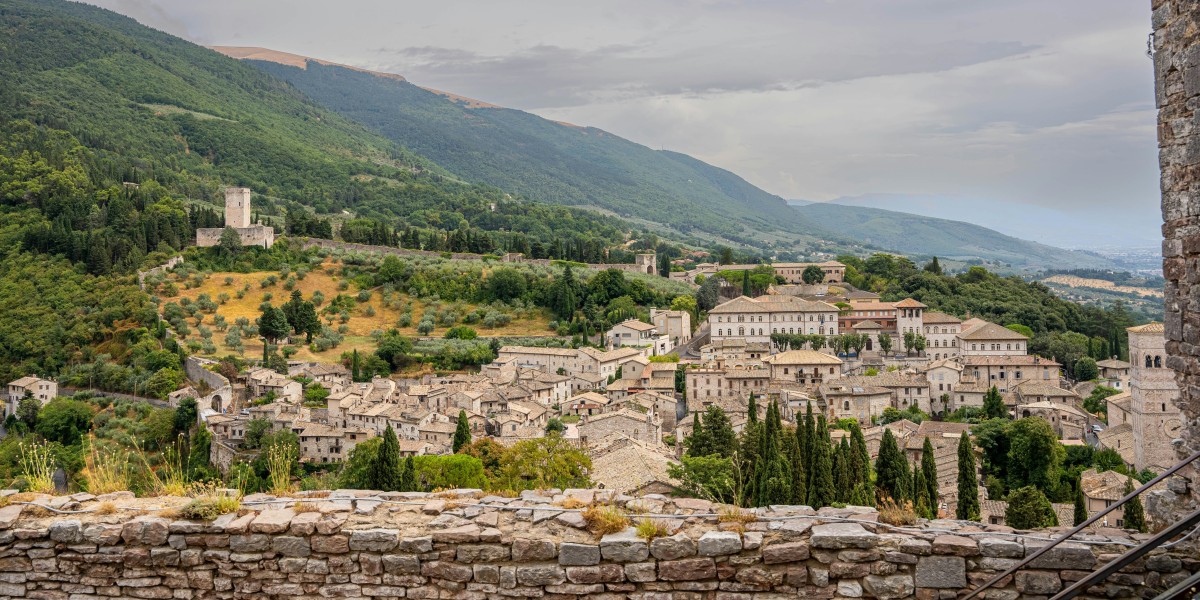
There’s something a bit magical about life in an Italian village. Winding cobbled lanes, neighbours who know your name, the slow chime of church bells and the promise of an afternoon spritz under the shade of a vine-draped pergola.
Moving to an Italian village means trading city noise for mountain views or rolling fields, swapping big supermarkets for shopkeepers who’ll slice your prosciutto just how you like it. But along with all that charm, be ready for things that move slowly and, occasionally, nosy glances if you’re new in town.
- What it’s really like living in an Italian village
- Pros and cons of living in an Italian village
- How to choose the right Italian village
- Best Italian villages for expats
- Schemes, incentives and grants for moving to rural Italy
- Cheapest and most affordable Italian villages to live in
- Tips for foreigners living in an Italian village
What it’s really like living in an Italian village
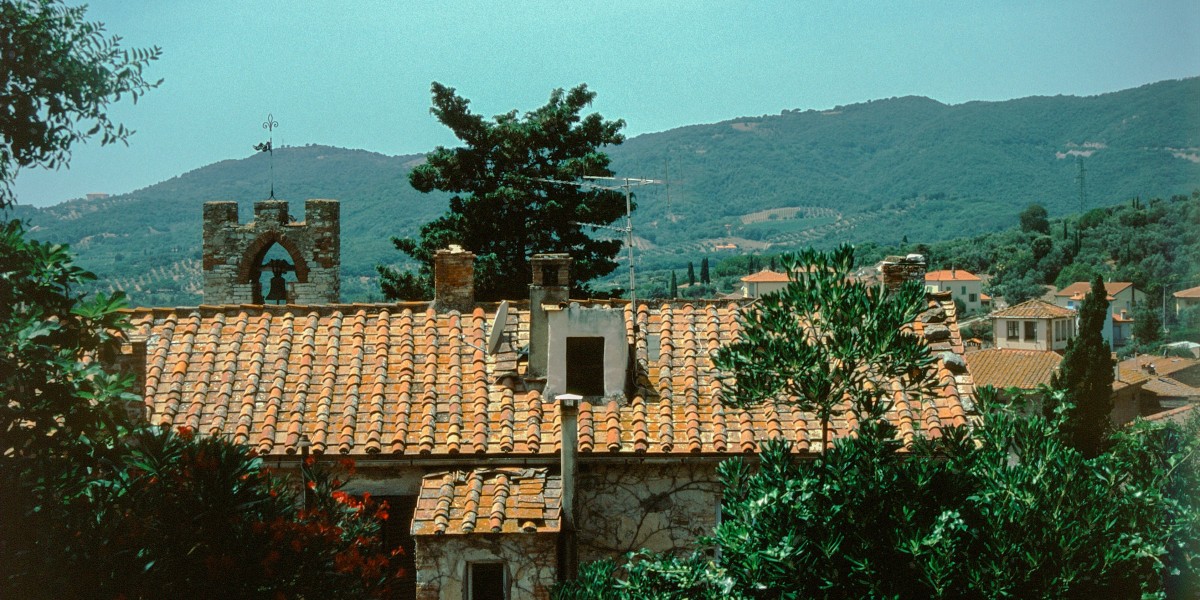
Settling into village life is like joining a giant, slightly chaotic family—people genuinely look out for each other, and your business quickly becomes, well, public knowledge. The pace is slow: long lunches are a given, and opening hours can be elastic, especially during riposo when the whole place shuts down for a breather. Expect to see the same faces in the piazza daily—nonnas comparing recipes, kids darting about, and someone always ready for a chat.
The community spirit is massive. Some days, it’s heart-warming, and other days it can feel claustrophobic. Strangers greet you on the street (and will definitely notice your dodgy Italian or taste in cheese). Life’s shaped by age-old traditions, impromptu street parties and, if you’re not used to it, the absence of convenience shops in the afternoon.
With a few regular routines—a trip to the baker's or taking part in the evening passeggiata—rural Italian life will slowly start to slot into place.
Pros and cons of living in an Italian village
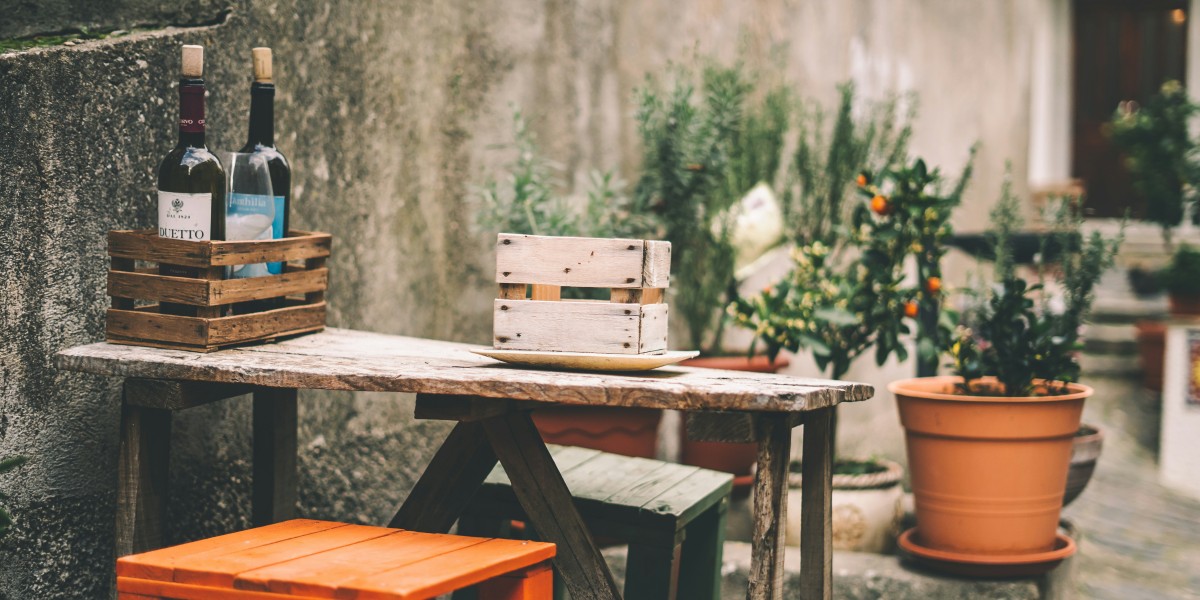
The benefits of village life
- The air feels cleaner, and the countryside views—whether they’re olive groves, vineyards or mountains—never quite get old.
- You’ll find that local food is fresher and often cheaper, and it’s pretty standard to build real relationships with your butcher, baker, and even the chap who grows your tomatoes.
- There’s a strong sense of belonging—people keep an eye out for each other, and you’re likely to be invited to the odd village festival or celebration, even if you’re new in town.
- Cycling, hiking, foraging, and wild swimming in Italy—outdoor activities are right at your doorstep, with fewer crowds getting in the way.
The drawbacks and daily challenges
On the flipside, village life isn’t all romantic scenes and sun-dappled evenings.
- Your shopping choices might be limited to a single mini-market, and finding a decent takeaway or a specialist shop can involve a half-hour drive.
- Public transport is often patchy at best, so a car can quickly go from ‘helpful’ to ‘essential’.
- Bureaucracy can be slow, and opening hours are a bit unpredictable.
- Work opportunities tend to be thinner on the ground, unless you can work remotely or find a niche.
How to choose the right Italian village
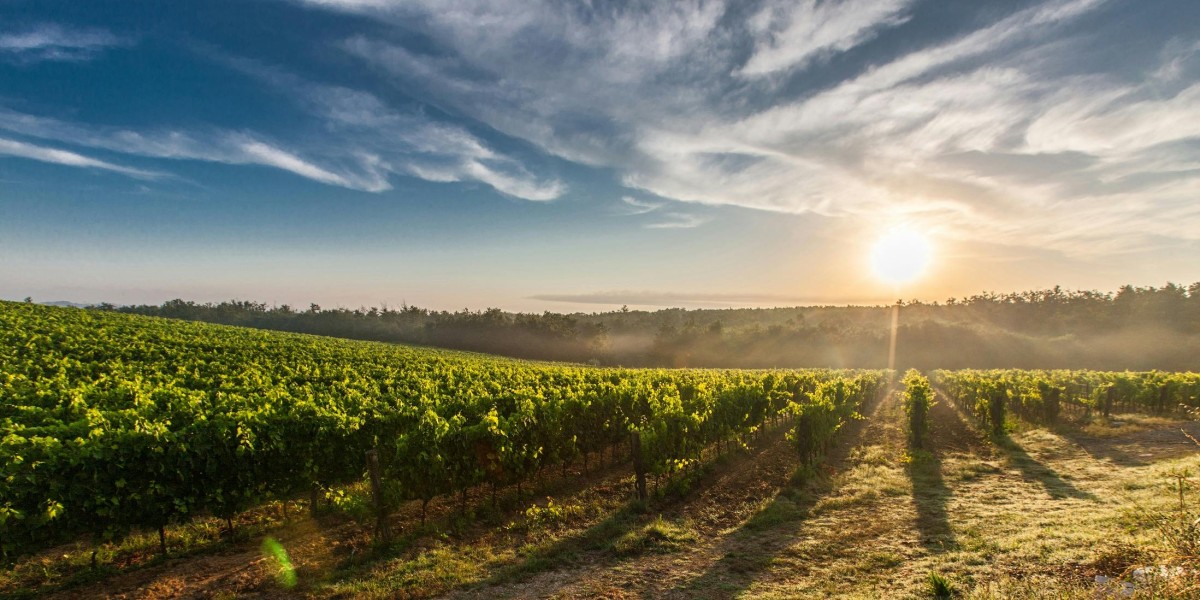
Where you choose to live in rural Italy is where the pace, the people, and the setting all line up with what makes you feel at home.
Considering the region and climate are key, since life in northern Italy can be worlds apart from life in southern Italy. Northern villages might mean fresher winters and Alpine views, while southern or coastal spots come with milder weather but might be a bit sleepy outside of summer.
Think about what you truly need nearby—a reliable shop, regular buses, decent internet, maybe a medical centre—because services can vary quite a lot from place to place.
Size matters, too. The smallest spots offer deep community but can feel isolated unless you’re comfortable being one of only a handful of newcomers. Larger villages or small towns usually have a bit more going on and a greater chance of meeting fellow expats.
Best Italian villages for expats
Italy’s packed with villages that could tick all the right boxes for different types of foreigners—whether you’re looking for a sense of belonging, lively traditions, a slower pace or simply gorgeous surroundings.
Cisternino (Puglia)
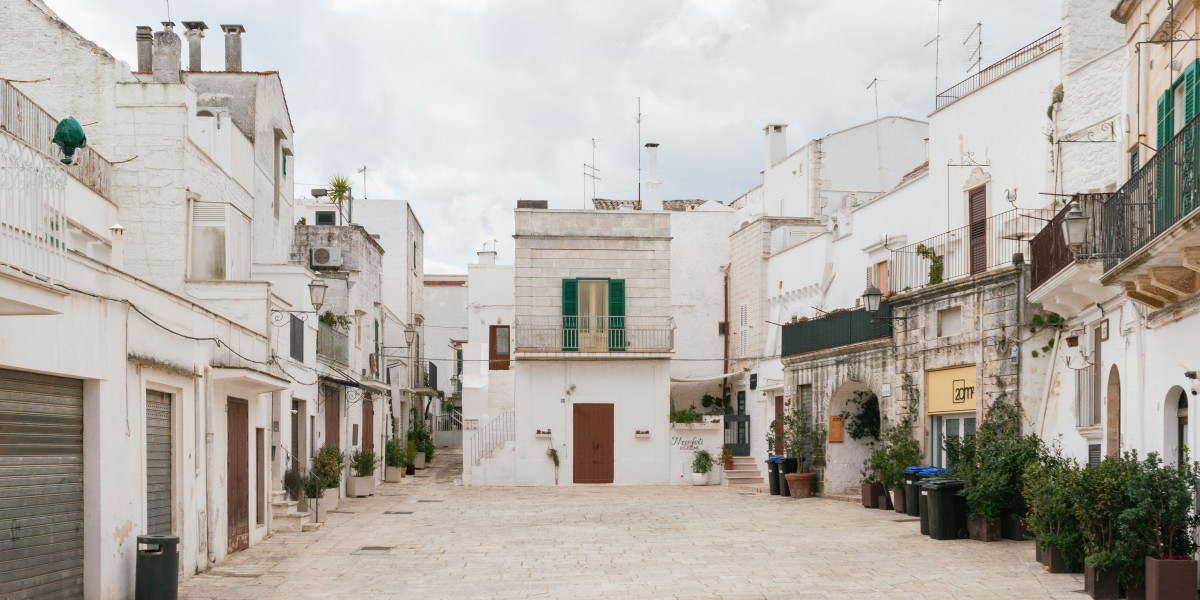
Set in the heart of the Valle d’Itria, Cisternino is famed for its whitewashed alleyways, friendly locals, and close proximity to both countryside and the Adriatic coast. Expats appreciate the laidback feel, lively food scene, and a good mix of Italian and international residents. The town’s sagra festivals are legendary, and there’s a touch of the international thanks to the Trullo houses dotted around, which also attract digital nomads and creatives.
Barga (Tuscany)
Located in the Garfagnana hills, Barga has a surprising cultural twist. Many locals have Scottish or British roots from years of emigration, meaning English is fairly common, and there’s even a fish and chip festival every summer. The village boasts incredible mountain scenery, music events, and a welcoming, creative vibe.
Spello (Umbria)
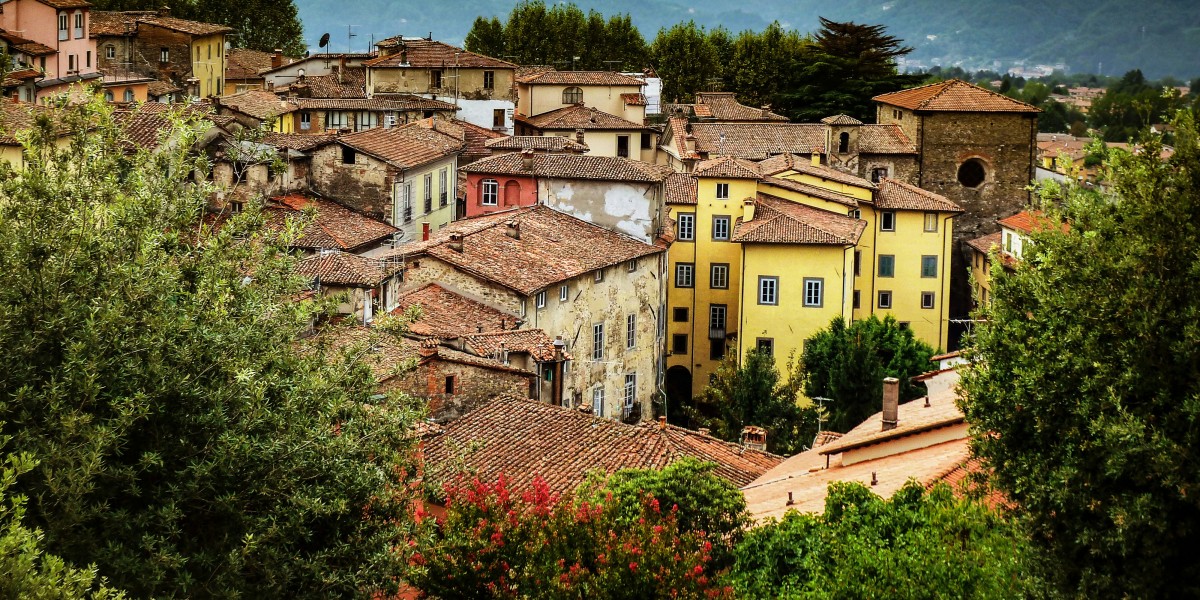
This medieval gem is famous for its colourful flower displays as part of Italy's Infiorata flower festivals and historic stone houses. The pace of life here is tranquil, yet there’s easy train access to cities like Perugia and Rome. Newcomers are drawn by the sense of community, regular markets, and the chance to live somewhere that feels unspoilt but not cut off.
Colletta di Castelbianco (Liguria)
If you’re after rural beauty but need reliable internet, Colletta could suit. It’s a medieval village rescued from ruin and now set up for remote workers and international residents. There’s a thriving expat community, a quiet setting between the coast and the Alps, and regular social events, all without losing an authentic Italian village feel.
Penne (Abruzzo)
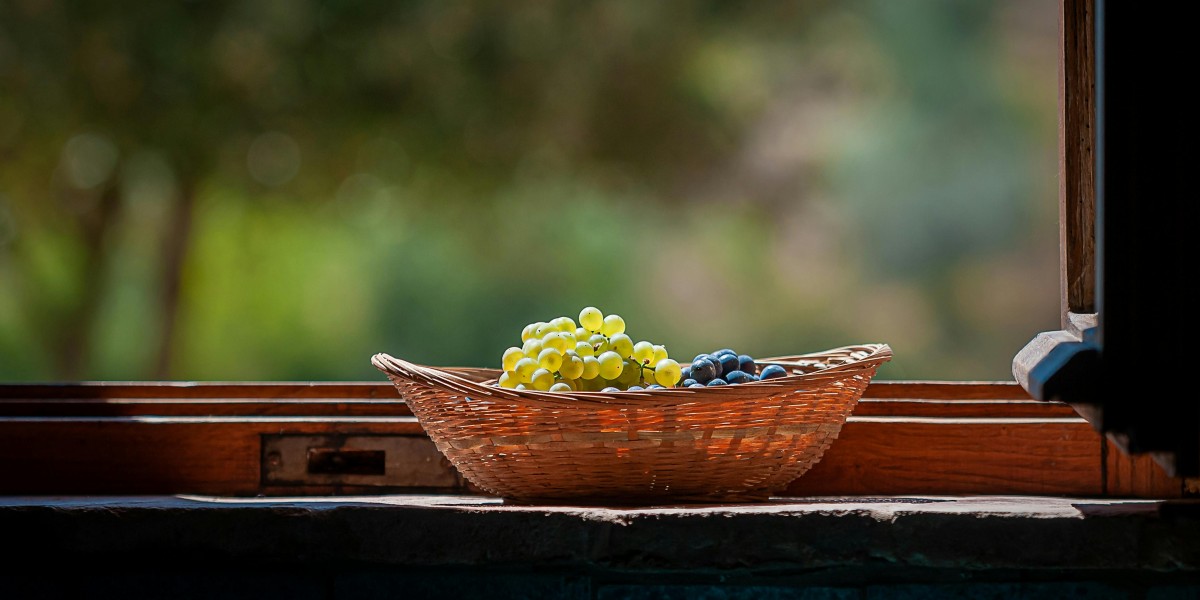
For those who love the outdoors but don’t want to be miles from everything, Penne offers both character and convenience. Plus, Penne's 1 euro houses scheme is a big incentive. With its terracotta rooftops and mountain backdrop, Penne is close to national parks, lakes, and the Adriatic coast. There are solid healthcare and shopping options, and a growing group of internationals who appreciate both the scenery and affordability. The region of Abruzzo is wine central, so you won't go thirsty while living here.
Schemes, incentives and grants for moving to rural Italy
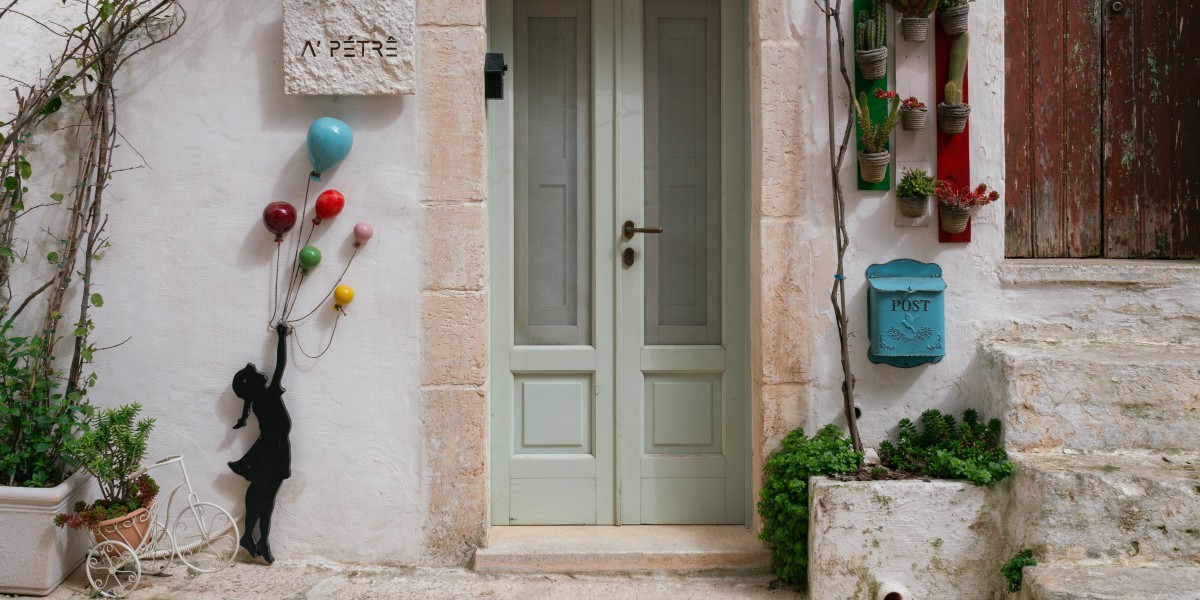
Plenty of Italian villages have made the news with offers designed to tempt new residents. There are still €1 houses for sale in 2025, plus cash incentives as a way to bring a bit of life back to quiet streets. This year has also seen new renovation grants, such as the €100,000 grant encouraging people to move to Trentino.
While the headlines can sound too good to be true, some schemes are very real, just with strings attached. The famous 1 euro house deals mean you can snap up a place cheaply, but you’ll need to commit to serious renovation and usually register as a resident. Other villages occasionally offer generous grants if you’re willing to put down roots, refurbish an old property, or even start a small business.
It’s not all breezy paperwork and free lunch—expect bureaucracy, building costs, and some patience along the way. Still, for folks dreaming of a fresh start (and a house that’s a real project), these programmes can be a way to become part of a tight-knit Italian community.
Cheapest and most affordable Italian villages to live in
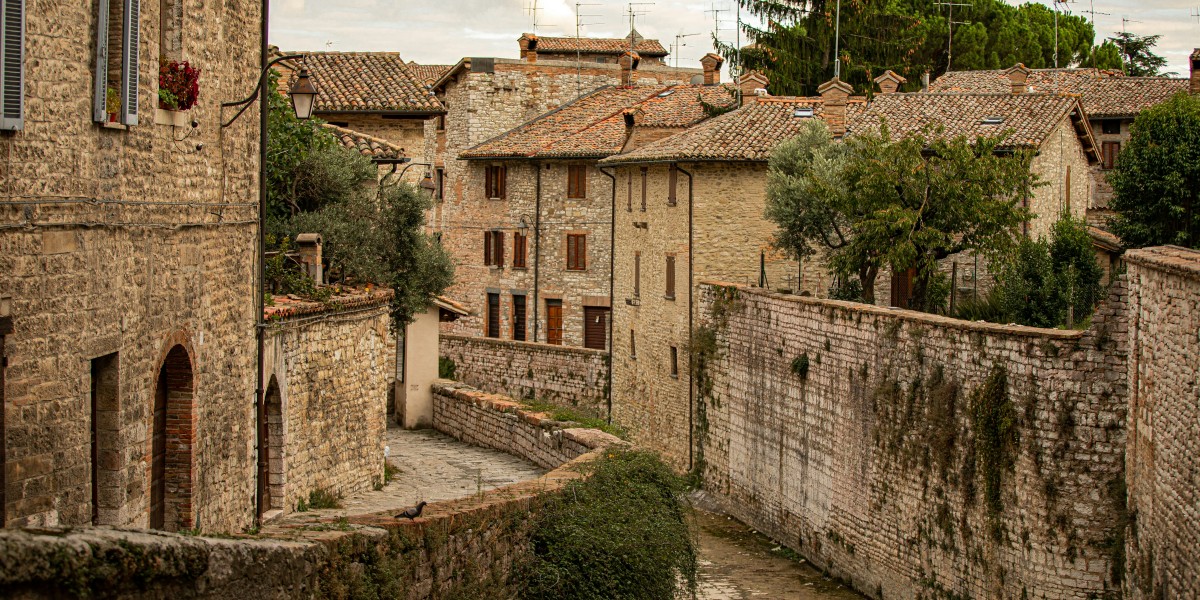
If keeping costs down is high on your list, some Italian villages stand out for being genuinely affordable. Often, these places are tucked away from tourist hotspots and big cities, usually in regions like Abruzzo, Molise, Sicily, and some pockets of Piedmont and Calabria.
Some villages in these areas have made headlines for affordable living and often run active property or relocation schemes, such as Mussomeli's 1 euro house scheme. Property prices can be dramatically lower than in the likes of Tuscany or Liguria, and bargains do crop up.
Tips for foreigners living in an Italian village
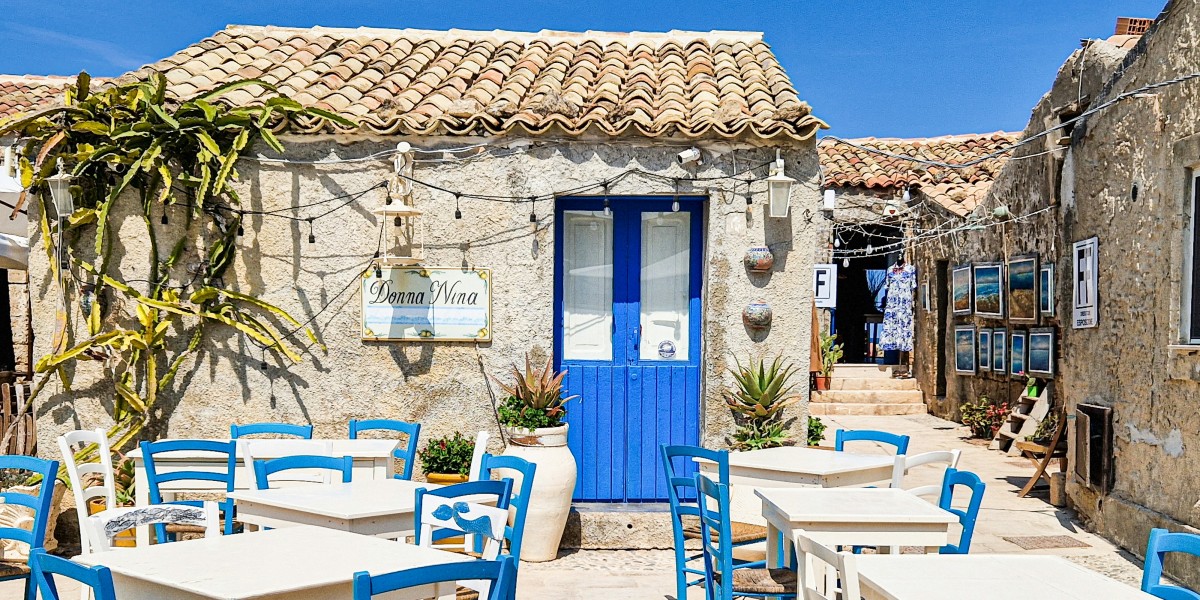
It’s worth spending a bit of time in a few villages you like the look of before settling in. Rent somewhere for a while, chat to locals and see how daily life actually feels.
- First off, even a bit of Italian goes a long way. Don’t worry if your grammar’s wonky, just having a go breaks the ice and signing up for Italian lessons is also a good shout. You’ll quickly pick up the local dialetto or at least the village lingo, especially after a few outings to the café or market.
- Don’t be shy about introducing yourself around. Neighbours are usually curious and happy to lend a hand, though you might find them popping by unannounced with advice—or a bag of homegrown tomatoes.
- Most villages still shut down for riposo in the afternoon, so plan life around it—shops close, and the only thing open might be the bar.
- When it comes to making friends, join in with local sagre (festivals), sign up for a cooking course, or get involved with community events.
- For housing, properties can be quirky. Thick stone walls, wood-burning stoves, and sometimes a leaking roof thrown in for good measure. If you’re keen to renovate, befriend a local builder—word of mouth is everything.
